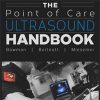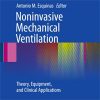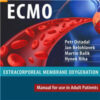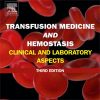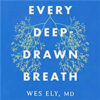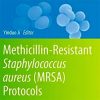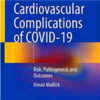ARDS Guidelines: Oceans Apart or Rivers That Merge?
link.springer.comThe updated guidelines from the ATS and ESICM reached overwhelmingly similar conclusions. Both sets of guidelines emphasize the challenges in issuing blanket recommendations that apply to all patients with ARDS, and both emphasize the importance of individualizing patient care for ECMO, higher PEEP strategies, and neuromuscular blockade.
In addition, the complex nuances of these recommendations in both guidelines highlight areas of uncertainty in which additional research could address current evidence gaps and enhance the management of ARDS.
In comparison to the ESICM guidelines, the ATS guidelines were more narrowly focused in scope, presenting recommendations on four “PICO questions” (patient, intervention, comparison, and outcome) on the use of corticosteroids, venovenous extracorporeal membrane oxygenation, neuromuscular blockade, and positive end-expiratory pressure (PEEP), intended to supplement the previous ATS guidelines.
In contrast, the ESICM guidelines addressed 21 PICO questions and formulated 21 recommendations on nine different domains including non-invasive and invasive ventilation, prone positioning; neuromuscular blockade, and extracorporeal life support (ECLS), which included both venovenous extracorporeal membrane oxygenation and extracorporeal CO2 removal (ECCO2R).
The ESICM did not consider a PICO or generate a recommendation on the use of steroids, as the ESICM guideline scope was confined to non-pharmacological respiratory support strategies.


